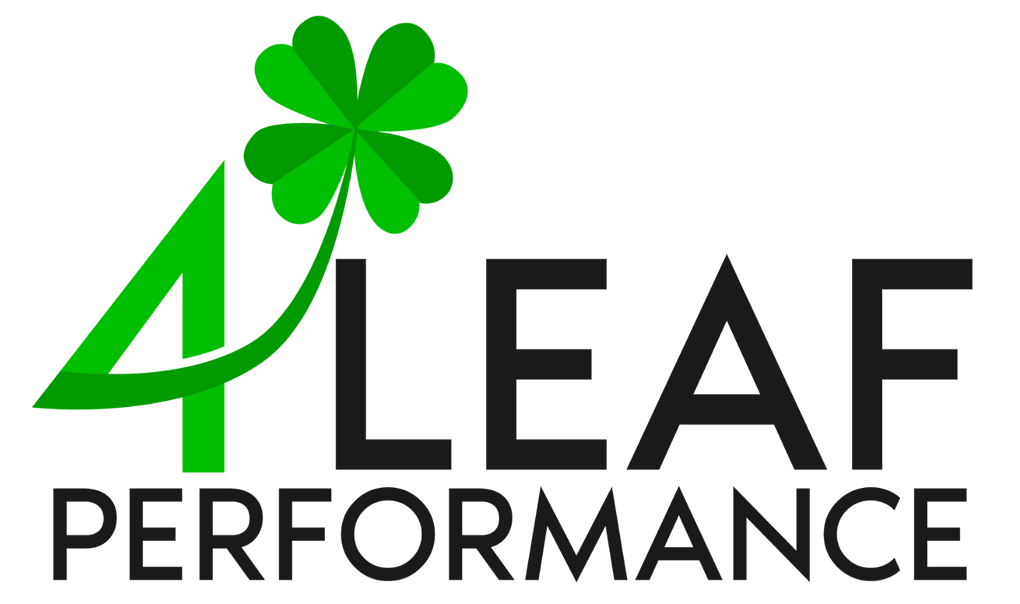Collaborative decision making is a process in which a team works together to reach a consensus. It is not an isolated skill that a single business owner or executive can master alone—it requires structured participation from an entire team. When done effectively, it leads to well-rounded solutions, stronger buy-in, and better business outcomes.
However, the process can become challenging when conflicting opinions arise. Without a clear decision making framework, discussions may become unproductive, slowing progress and creating frustration.
The Power and Pitfalls of Collaborative Decision Making
Collaborative decision making allows teams to work together to reach well-informed, consensus-driven outcomes. It brings multiple perspectives into the decision making process, helping organizations identify risks, improve problem-solving, and drive innovation. However, while collaboration strengthens decision quality, it also presents challenges that can slow progress if not adequately managed.
The Value of a Collaborative Approach
A structured collaborative decision making process ensures that teams:
- Leverage collective expertise – Different team members bring specialized knowledge and unique viewpoints, leading to more comprehensive solutions.
- Increase decision ownership – When team members are involved in making decisions, they are more likely to support and implement the outcome effectively.
- Improve adaptability – A well-designed process allows businesses to adjust quickly by integrating diverse insights into strategic decision making.
Challenges That Can Derail the Process
Despite its benefits, collaborative decision making can create inefficiencies if it lacks structure. Common pitfalls include:
- Undefined decision making roles – Without clarity on who makes the final call, teams may struggle to move forward.
- Competing priorities – When team members have different goals, it can be challenging to find common ground.
- Overemphasis on consensus – While consensual decision making is valuable, pursuing complete agreement on every issue can slow progress unnecessarily.
Organizations must establish clear processes to prevent these challenges, allowing teams to collaborate productively while maintaining efficiency. The following sections explore structuring discussions, managing conflicting opinions, and creating alignment for better business outcomes.
Establishing a Foundation for Productive Disagreements
Disagreements are inevitable in collaborative decision making, but they don’t have to be disruptive. When appropriately structured, disagreements drive more substantial decisions by challenging assumptions and uncovering blind spots. However, without a clear foundation, disagreements can hinder progress. The key is to create an environment where differing viewpoints are seen as assets rather than obstacles.
Creating Clarity Around Decision Making Roles
One of the most significant sources of tension in making decisions collaboratively is the lack of clarity about who has the final say. Teams must know how decisions will be made and who is responsible for what. To prevent confusion:
- Distinguish between input and authority – Clearly communicate whether the group is advising, voting, or deferring to leadership.
- Define when consensus is required – Not every decision needs complete agreement. Establish which types of decisions require consensual decision making and which do not.
- Document decision making responsibilities – Frameworks like the RACI model (Responsible, Accountable, Consulted, Informed) can help clarify roles.
Setting Standards for Constructive Conflict
Disagreements become unproductive when they turn personal or emotional rather than focusing on the decision. Leaders must create a culture where debate is encouraged but remains professional and solution-driven. This involves:
- Separating ideas from individuals – Make it clear that critiques of an idea are not personal attacks.
- Encouraging fact-based discussions – Guide conversations toward data, business impact, and long-term goals rather than personal preferences.
- Defining respectful communication practices – Establish standards such as active listening, avoiding interruptions, and asking clarifying questions instead of making assumptions.
Establishing a Process for Resolving Stalemates
Even with clear communication, some disagreements won’t resolve themselves naturally. Instead of allowing discussions to drag on indefinitely:
- Set decision deadlines – An assigned decision maker should intervene if a resolution isn’t reached within a set timeframe.
- Encourage compromise when necessary – If two strong viewpoints are at odds, look for solutions incorporating key elements from both sides.
- Use escalation pathways wisely – When a decision affects multiple departments or high-level strategies, having a structured escalation process ensures that unresolved conflicts don’t stall operations.

Techniques to Align Conflicting Opinions
Leaders must use structured techniques to reach a resolution that benefits the business. These techniques must encourage open communication, maintain objectivity, and facilitate strategic decision making without getting stuck in unproductive debates.
The following methods help teams align their views while ensuring that decisions are made efficiently and with a shared commitment to the final outcome.
Active Listening and Empathy Mapping
When conflicts arise, team members often focus on defending their positions rather than genuinely understanding each other. Active listening and empathy mapping create an environment where differing opinions are acknowledged, reducing resistance and fostering productive discussions.
How to Implement Active Listening
- Practice reflective listening: Instead of responding immediately, paraphrase or summarize the other person’s point to confirm understanding (e.g., “So what I’m hearing is…”).
- Ask open-ended questions: Encourage deeper insights by asking, “What concerns you most about this approach?” or “How do you see this impacting our goals?”
- Avoid interrupting: Let each person fully explain their perspective before responding. This builds trust and improves engagement in the decision making process.
How to Use Empathy Mapping in Decision Making
Empathy mapping helps identify underlying motivations, concerns, and values that drive each perspective. By understanding why someone holds a particular view, teams can work toward solutions that satisfy multiple interests.
- Identify the stakeholders: Who will be affected by this decision? What are their concerns, frustrations, and goals?
- Analyze the emotional drivers: Are objections based on fear of failure, loss of control, or previous experiences? Addressing emotional concerns leads to more constructive discussions.
- Find common ground: Even conflicting perspectives often share a common goal. Recognizing these shared objectives helps teams shift the conversation toward problem-solving rather than debate.
Structured Decision Making Frameworks
Without a structured process, disagreements can spiral into lengthy debates without resolution. Strategic decision making benefits from proven frameworks that provide clear steps for evaluating options and reaching a final decision.
RACI Model (Responsible, Accountable, Consulted, Informed)
The RACI model clarifies who plays what role in making decisions, preventing confusion and ensuring accountability. This is particularly useful for complex decisions that involve multiple stakeholders.
How It Works:
Each person involved in the decision is assigned a role:
- Responsible (R): The team member(s) who complete the work or carry out the decision.
- Accountable (A): The person who has the final authority and makes the decision. There should be only one person responsible for making decisions.
- Consulted (C): Individuals who provide input and expertise before making decisions.
- Informed (I): Team members who are kept up to date on the decision but do not have a direct role in the process.
Why It’s Effective:
- Prevents decision paralysis by ensuring one person is accountable for making the final call.
- Encourages participation from relevant stakeholders while keeping the process efficient.
- Improves communication by defining who needs to be informed at each decision making stage.
Example Application:
A company deciding whether to expand into a new market might assign:
- Responsible: Market research team conducting analysis.
- Accountable: Executive leadership making the final decision.
- Consulted: Sales, finance, and operations teams providing input.
- Informed: Broader organization updated on the final decision and next steps.
Six Thinking Hats Method
Developed by Edward de Bono, the Six Thinking Hats technique helps teams evaluate decisions from multiple angles, reducing bias and broadening perspectives. Each “hat” represents a different way of thinking, allowing teams to explore an issue fully before making a decision.
The Six Hats and Their Functions:
- White Hat (Facts & Data): Focuses on objective information, numbers, and research.
- Red Hat (Emotions & Intuition): Explores gut feelings and emotional responses.
- Black Hat (Risks & Caution): Identifies potential downsides and challenges.
- Yellow Hat (Optimism & Benefits): Highlights the positives and opportunities.
- Green Hat (Creativity & Innovation): Encourages brainstorming new solutions.
- Blue Hat (Process Control): Manages the discussion, ensuring structure and clarity.
Why It’s Effective:
- Encourages diverse perspectives without letting one viewpoint dominate.
- Helps balance emotional and data-driven decision making.
- Reduces conflict by allowing each perspective to be heard and evaluated separately.
Example Application:
When a leadership team is considering a new pricing strategy, they can assign different team members to adopt specific “hats” to analyze financial impact (White Hat), customer reactions (Red Hat), potential risks (Black Hat), and growth opportunities (Yellow Hat).
Weighted Scoring Model
A Weighted Scoring Model provides a data-driven way to compare multiple options by assigning numerical values to each criterion based on importance. This ensures that decisions are made objectively rather than based on personal preferences.
How It Works:
- List Decision Criteria: Identify the key factors influencing the decision (e.g., cost, feasibility, long-term impact).
- Assign Weights: Give each criterion a percentage weight based on its importance to the business.
- Score Each Option: Rate each option on a scale (e.g., 1-10) for how well it meets each criterion.
- Calculate Total Scores: Multiply each score by its corresponding weight, then sum the results for a final ranking.
Why It’s Effective:
- Provides an objective framework for decision making.
- Eliminates personal bias by relying on measurable factors.
- Helps teams prioritize options based on long-term value rather than short-term opinions.
Example Application:
A business choosing between three new product ideas might weigh the cost (30%), market demand (40%), and ease of implementation (30%). By assigning scores to each option and applying weighted calculations, the best option becomes clear based on data rather than subjective debate.
Finding Common Ground Through Data and Objectivity
How to Make Data-Driven Decisions
- Use performance metrics: Reference historical data, industry benchmarks, or customer insights to support a particular approach.
- Conduct market research: Compare options based on real-world data rather than assumptions or past experiences.
- Run small-scale tests: If there is uncertainty, test different approaches on a smaller scale before making a final decision.
For example, if a team is debating between two marketing strategies, A/B testing a sample audience can provide measurable results that objectively guide the final decision.
Aligning Decisions with Company Goals
- Revisit the organization’s mission, vision, and core objectives.
- Ask: “Which option best supports long-term success?”
- Ensure that decisions align with strategic decision making priorities rather than short-term wins.
By focusing on measurable outcomes and long-term goals, teams can reduce friction and confidently move forward.
Utilizing a Third-Party Facilitator (When Needed)
Some disagreements require an external perspective to break through impasses. A neutral facilitator—an internal leader or an external expert—can help guide discussions toward resolution.
When to Use a Facilitator
- High-stakes decisions: When the outcome has a significant financial or operational impact.
- Deeply divided teams: If opposing sides refuse to compromise or discussions become unproductive.
- Interdepartmental conflicts: When different teams have conflicting priorities or perspectives.
Types of Facilitators
- Internal Moderator: A senior leader or department head can act as a neutral party to structure discussions and ensure all viewpoints are heard.
- External Consultant: In complex situations, an outside expert can provide an unbiased perspective and offer industry best practices.
- Professional Mediator: For particularly challenging disputes, a trained mediator can help navigate conflicts and establish common ground.
Setting Ground Rules for Facilitated Discussions
- Time-limit discussions to prevent endless debates.
- Focus on solutions rather than past disagreements.
- Ensure every team member has a voice without interruptions.
A well-managed facilitation process helps teams overcome conflicts efficiently while maintaining trust and engagement.

Building a Culture of Decision Alignment for the Long-Term
Creating a sustainable culture of collaborative decision making requires more than just implementing structured processes. It involves fostering an environment where decision making alignment becomes second nature to teams. To achieve this, leaders must integrate collaboration into daily operations, reinforce decision making skills, and ensure that alignment is a continuous effort rather than a one-time initiative.
Embedding Collaborative Decision Making in Daily Operations
Strategic decision making must be part of an organization’s routine processes to be consistently effective. Teams should not wait for major decisions to practice collaboration—they should apply these principles to everyday problem-solving and planning.
How to Integrate Decision Alignment into Daily Workflows:
- Encourage cross-functional discussions: Promote interactions between departments to ensure diverse perspectives are considered in decision making, even outside formal meetings.
- Standardize decision making templates: Equip teams with structured tools for evaluating choices, ensuring consistency across organizational levels.
By weaving collaborative decision making into daily tasks, businesses prevent decision making skills from being an occasional practice and instead make them a fundamental part of the organizational culture.
Developing Decision Making Skills Across the Organization
For collaboration to be effective, team members must be equipped with the right skills to participate meaningfully in discussions. Without training and reinforcement, teams may default to inefficient decision making habits.
Ways to Strengthen Decision Making Competencies:
- Train teams on decision making frameworks: Ensure that all team members understand and can apply structured methods like the Six Thinking Hats or the Weighted Scoring Model.
- Develop leadership accountability: Encourage leaders to actively facilitate decision making discussions, ensuring alignment between teams and broader company goals.
- Encourage constructive dissent: Teach teams to challenge ideas productively, focusing on problem-solving rather than personal disagreement.
When teams are well-versed in effective decision making practices, they can collaborate more efficiently and reach well-informed conclusions faster.
Sustaining Decision Alignment Through Continuous Improvement
Long-term success in consensual decision making depends on an organization’s ability to evolve and refine its approach based on past experiences. Businesses must create a feedback loop that continuously improves decision making processes.
Strategies for Ongoing Improvement:
- Encourage open feedback on decision making experiences: Gather input from team members to understand challenges and refine best practices.
- Adjust decision making processes as the business evolves: Decision making complexity increases as companies grow. Organizations should regularly revisit and update decision making strategies to stay agile.

From Conflict to Clarity: Strengthening Collaborative Decision Making
Effective collaborative decision making is essential for business success. Leaders can turn conflicting opinions into stronger solutions by fostering open discussions, using structured decision making frameworks, and aligning diverse perspectives with company goals.
Strong leadership plays a key role in navigating strategic decision making and creating a culture where consensual decision making leads to real business results. If you want to strengthen your leadership team’s ability to manage decision making challenges and effectively align diverse viewpoints, 4 Leaf Performance can help.
Ready to improve your team’s decision making skills? Our leadership development programs equip business owners and executives with the tools to facilitate productive discussions, drive alignment, and lead with confidence. Contact us today to learn how we can help your organization make better, faster decisions that support long-term growth.



